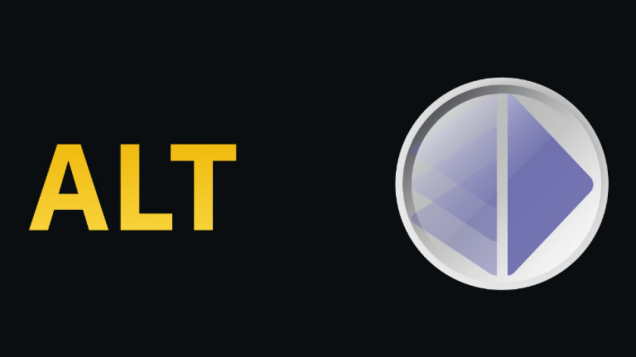 In today's blockchain world, as technology advances, more and more solutions are emerging. Among them, ALT token, as an innovative concept, is gradually subverting the traditional blockchain operating model, especially in the application of Rollup technology. This article will delve into the working mechanism, advantages and importance of ALT tokens in the modern blockchain ecosystem.
In today's blockchain world, as technology advances, more and more solutions are emerging. Among them, ALT token, as an innovative concept, is gradually subverting the traditional blockchain operating model, especially in the application of Rollup technology. This article will delve into the working mechanism, advantages and importance of ALT tokens in the modern blockchain ecosystem.
What is a rollup?
Rollup is a technology that packages and submits a large number of transactions to the main blockchain (Layer 1). This approach not only increases transaction processing speed, but also reduces transaction costs. Current rollup solutions, such as Arbitrum or Optimism, often rely on centralized sequencers to process transactions. However, such architectures are risky because they rely too heavily on trust in a single entity.
Vital verification layer of ALT token: The core of ALT token lies in its unique Vital verification layer. Vital serves as an embedded verification layer that verifies all new states proposed by SQUAD operators through a network of operators registered with AVS. These vital operators are able to detect invalid state roots and challenge SQUAD operators when necessary, a process known as the bisection protocol.
Vital's operation is not limited to traditional verification methods, but can also be combined with optimistic ZK proofs (optimistic ZK proofs), requiring SQUAD operators to generate ZK proofs for disputed state roots without the need for a binary agreement. This flexible operating model makes Vital critical in providing a fast finality layer.
The difference between hard and soft endings
In most rollups, the transaction confirmation process usually takes 1 to 3 minutes, and the sequencer will push the processed transaction batch to the underlying Layer 1. During this process, the transaction data submitted by the sequencer and its status root are the key to verifying the correctness of the transaction. However, this confirmation method mainly relies on the trust of the centralized sequencer, which leads to the so-called "soft finality" problem.
Relatively speaking, the ALT token's Rollup technology provides a more solid finality guarantee through the decentralized SQUAD sequencer, which is called "Tier 1 finality". This means that even when the sequencer is unavailable, transaction confirmation is still guaranteed.
Ensure the correctness of transactions
In the ALT token ecosystem, the Vital verification layer operates in such a way that the correctness of transactions is ensured. When the sequencer submits a batch of transactions, the contract verifies that the submitted old state root matches the existing state root. If there is a match, the contract discards the old state root and stores the new state root proposed by the sequencer. This process not only improves the security of transactions but also enhances the reliability of the entire system.
Future prospects of ALT tokens: As blockchain technology continues to develop, the potential of ALT tokens will become increasingly prominent. Its decentralized verification layer can not only increase the processing speed of transactions, but also ensure the security of transactions, which is undoubtedly an important driving force for future financial technology applications.
Taken together, the application of ALT token's Vital verification layer in Rollup technology brings new possibilities to the development of blockchain. As more developers and users begin to realize the advantages of this technology, ALT tokens are expected to become a shining pearl in the blockchain ecosystem in the future.
Summarize
The emergence of ALT tokens marks a major advancement in blockchain technology. Through the innovative design of the Vital verification layer, ALT tokens not only improve the efficiency of transactions, but also provide users with higher security. As the technology further matures, ALT tokens will play an increasingly important role in the future blockchain ecosystem and deserve our continued attention.